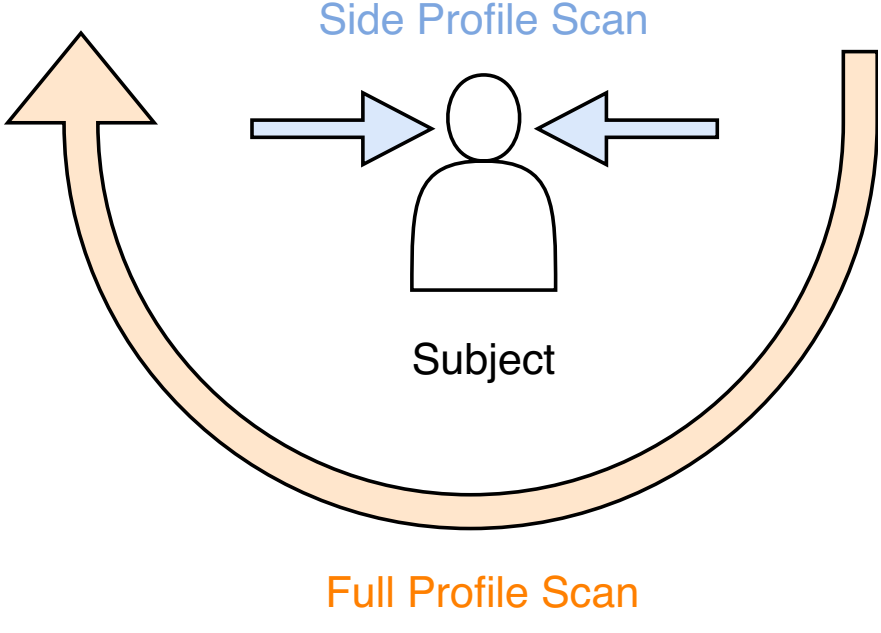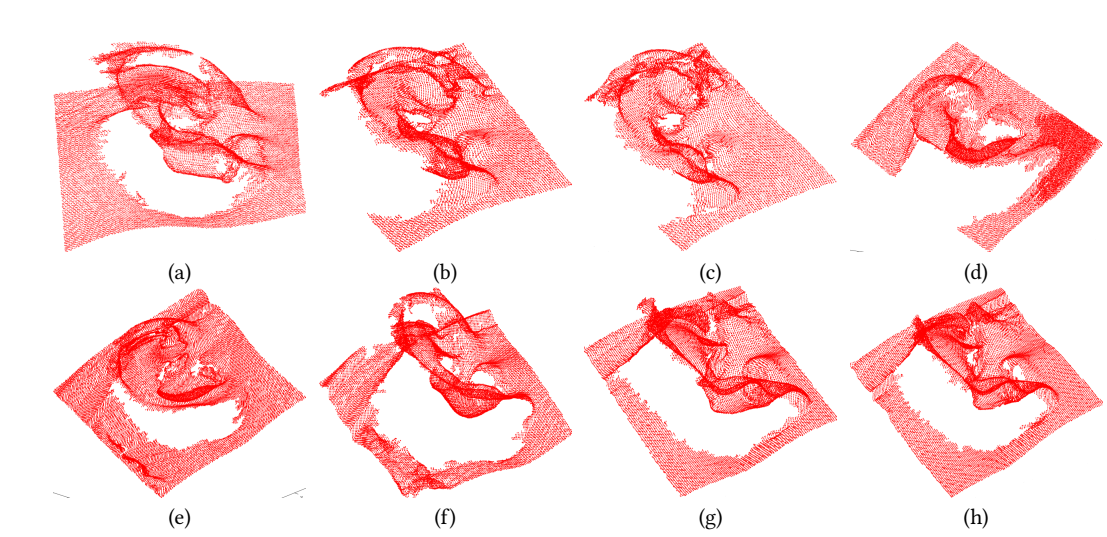Index
Introduction
Indian Institute of Technology Indore (IIT Indore) 3D ear database is our in-house database and has been collected using Artec-Eva ® scanner. The scanner provides data with high resolution and easy handling without the use of any additional equipment. It captures data with a 3D resolution of ± 0.5 and an accuracy of ± 0.10.
We have acquired the scans using a wig cap to cover the hair of the subject. It helps to avoid occlusion and unwanted reflection due to hair. We also make sure that there is no other reflective surface in the vicinity of the subject while capturing the data. The optical properties of the eyes and teeth cause problems for the scanner, due to which it captures the eyes and teeth (if visible) geometrically inward and produce holes. The database comprises of subjects ranging from 18 to 60 years of age and are mainly the staff, students and teachers of the Indian Institute of Technology Indore.

Basic information
The ear images have been scanned using the scanner in normal mode (geometric + texture) and the database currently consists of scans in two formats, PLY and ASC. The scans can be visualized, manipulated and transformed using the software supported by the Artec Eva 3D scanner; and also using the available open source softwares such as
MeshLab [1] and CloudCompare [2]. Database ear images have been sequentially numbered (from right to left ear) for each subject with an integer identification number, e.g 1000xx, where 1000 represents the identification number and xx represents the sample number.
The IIT Indore database is collected in three phases with a time gap of approximately one year between two subsequent phases.
The data collected in Phase-1, phase-2 and phase-3 has 188 subjects, 176 subjects and 188 subjects, respectively, each of which has at least three 2D & three 3D ear samples. Among these subjects, 110 subjects are common in all three phases.
[1] https://www.meshlab.net/
[2] https://www.danielgm.net/cc
Sample images
Few examples of images from the IIT Indore Ear Database

Contact details
To get access to the whole database containing raw and processed 3D ear images, kindly write an email to surya AT iiti DOT ac DOT in
Citations
If you find this databse useful in your research, please consider citing:
[1] Iyyakutti Iyappan Ganapathi and Surya Prakash. 2018. 3D ear recognition using global and local features. IET Biometrics 7 (3) (2018), 232–241Resources
1. 3D Geometric Computing Library: https://github.com/mattools/matGeom
2. ICP Algorithm: https://www.mathworks.com/matlabcentral/fileexchange/27804-iterative-closest-point
3. Variants of the Iterative Closest Point algorithm: https://github.com/jonathantompson/icp
4. The best place to begin experimenting with three-dimensional descriptors: https://pointclouds.org/
5. Mesh processing, Parametrization, Multi-scale processing etc. : https://www.numerical-tours.com/matlab/#meshproc